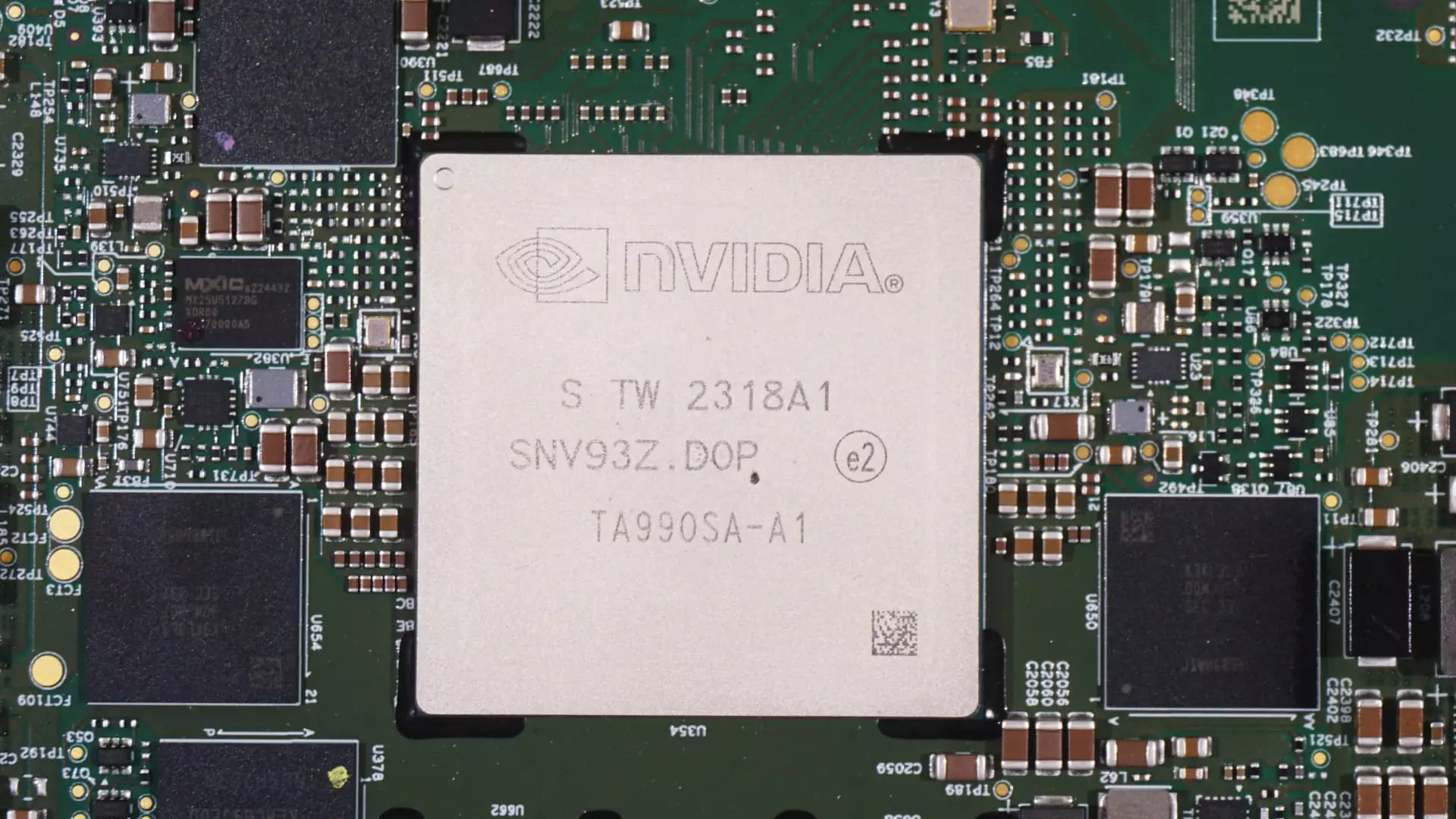The financial markets have a remarkable ability to swing from optimism to despair in a heartbeat, as evidenced by Wall Street’s recent rollercoaster ride. Investors tuned in every weekday afternoon, glued to their screens as CNBC’s Investing Club with Jim Cramer released the Homestretch—a recap of the day’s developments just before the closing bell. In a week characterized by tumultuous shifts, the most amusing twist emerged from the U.S.-China trade debacle. Just when it seemed that hope was slipping away, the White House sparkled with optimism, insinuating that China might be inclined towards an agreement. Talk about a magic trick! Meanwhile, China retaliated with unprecedented tariffs that skyrocketed to 125%, immediately following Trump’s original declaration of a staggering 145% duty on Chinese imports. This sharp back-and-forth sent shockwaves throughout Wall Street, turning a week of expected calm into a crucible of chaos.
Major Indexes: A Tale of Gains and Losses
During this chaotic environment, the stock indices showcased what felt like a battlefield, oscillating wildly between hope and despair. The S&P 500, in particular, demonstrated an extraordinary ability to attract headlines during its sharp ups and downs. Just on Wednesday, it savored its third-largest single-day gain since World War II, only to cringe as it relinquished much of that realization just a day later. The market’s volatility wasn’t merely a matter of number-crunching; it laid bare the economic uncertainty gripping investors and consumers alike. The emotional toll of this unpredictability cannot be overstated—resilience was tested as losses and gains played a game of tug-of-war, culminating in an impressive weekly gain exceeding 5%. It’s astonishing to discover that even amid tumult, the S&P 500 managed its best weekly performance since November; it seems that bad news prompts traders towards cautious optimism.
Big Financial Players: A Tale of Contrasts
The week was also a microcosm of Wall Street’s unpredictable nature as financial heavyweights like Wells Fargo and BlackRock carved drastically different paths this week. Wells Fargo experienced a rude awakening, as its quarterly earnings fell slightly short of expectations, coupled with a decline in net interest income. Witnessing its shares plummet by 5% before regaining some ground, even an informed investor would assume that their mood was a pendulum caught between anxiety and reluctant hope. Conversely, BlackRock basked in the glory of a lucrative quarter, seeing its shares lift nearly 3%. Both companies’ reports underscore the dueling forces of fear and confidence that dominate investor psychology, challenging anyone who believes in a straightforward financial landscape.
Tech Stocks: The Phoenix Rising from the Ashes
Yet, amidst such disquieting volatility, it was the technology sector that encapsulated true resilience. Chipmakers like Broadcom and Nvidia surged unexpectedly, buoyed by a recovering market and a return of investor confidence. The week alone saw Broadcom’s shares leap over 22%, while Nvidia trailed with an advance of 17%. This resurgence can be attributed to the very nature of market psychology—those hardest hit by the downturn often become the first to rebound when circumstances improve. However, even with these gains, Broadcom and Nvidia’s stocks still languish over 25% below their previous highs. The regained optimism is indeed heartening, but it lies against a backdrop of persistent concerns regarding international trade dynamics and policy uncertainties.
Analyzing Future Trends: Cautious Optimism or Looming Concerns?
Looking ahead, the first quarter earnings season is poised to unfold further narratives that will either boost or drag down market sentiment. Major players such as Goldman Sachs and Abbott Labs are set to report on their financial health, offering much-needed context for investors seeking stability. The economic atmosphere remains fragile, exacerbated by upcoming data releases from the Bureau of Labor Statistics and the Census Bureau. These reports will shed light on critical metrics, including export and import prices that measure the impact of ongoing tariffs on consumer prices and consumer spending—factors that could ultimately dictate the direction of the economy.
It’s a fascinating—if not disconcerting—era for investors, as they wrestle with the conundrum of interpreting unpredictable headlines while attempting to gauge the veracity of the stock market’s bounces. To navigate this environment, will market participants cling to caution or throw caution to the wind? Only time will tell as the narrative continues to unfold in this ongoing saga of financial drama.

